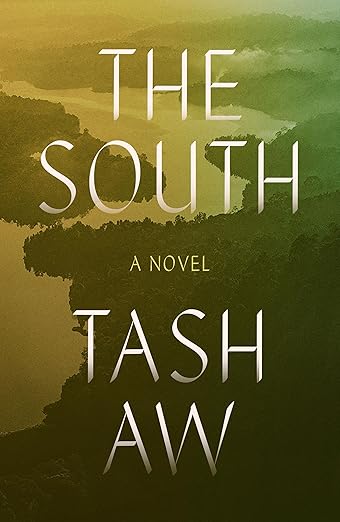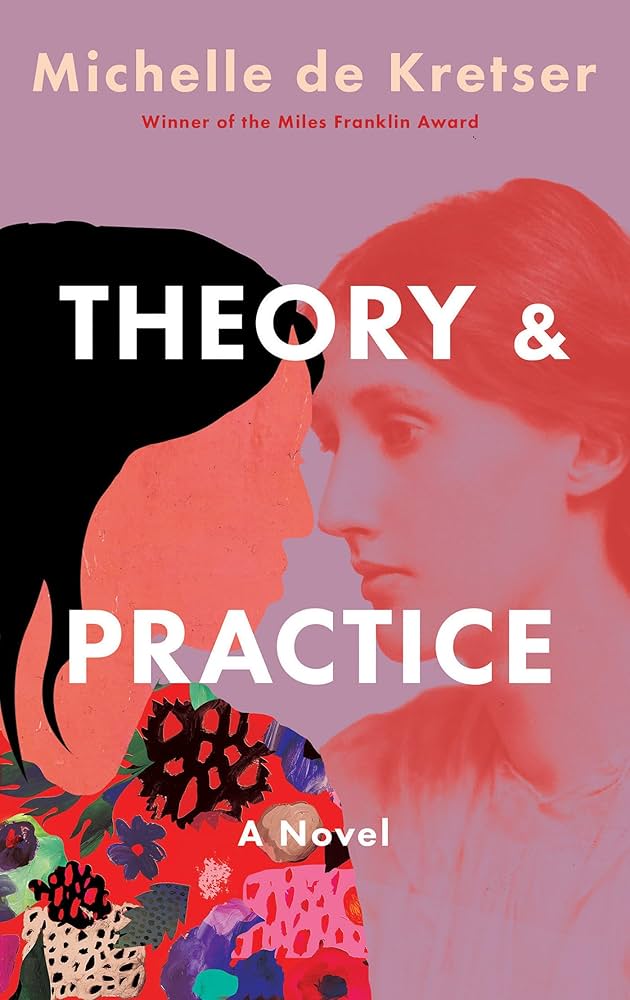Book by JENNIFER CODY EPSTEIN
Reviewed by
 Jennifer Cody Epstein’s The Gods of Heavenly Punishment is a sprawling novel, traversing the era of World War II from 1935 to the air-attack of mainland Japan in 1945, with an epilogue set in the early sixties. The time frame of the story is large, as are many of its scenes, such as Tokyo being firebombed or in the cockpit of a B-25 during Doolittle’s raid. This is a generous novel with heart. Epstein uses the simple device of a ring with a green stone to pull together the lives of characters from two sides of the Pacific Ocean, but the ring symbolizes a hope for a broader reconciliation. Though the two main combatants in the war for the Pacific have been allies for many decades, neither the U.S. or Japan have ever fully accounted for the devastation they wrought on each other: the U.S. decisions to firebomb and, ultimately, to drop atomic bombs on the civilian population of Japan and force its capitulation, as well as Japan’s choice to attack Pearl Harbor and commit war crimes in the Philippines and Manchuria. I grew up in Hawaii and had many Japanese friends who were members of second- and third-generation families. My friends’ parents still resented the bombing of Japan, especially the atomic strikes. At the same time, they often seemed to feel a keen sense of shame for what Japan began on December 7th, 1941. I found these complex, competing feelings in Epstein’s novel.
Jennifer Cody Epstein’s The Gods of Heavenly Punishment is a sprawling novel, traversing the era of World War II from 1935 to the air-attack of mainland Japan in 1945, with an epilogue set in the early sixties. The time frame of the story is large, as are many of its scenes, such as Tokyo being firebombed or in the cockpit of a B-25 during Doolittle’s raid. This is a generous novel with heart. Epstein uses the simple device of a ring with a green stone to pull together the lives of characters from two sides of the Pacific Ocean, but the ring symbolizes a hope for a broader reconciliation. Though the two main combatants in the war for the Pacific have been allies for many decades, neither the U.S. or Japan have ever fully accounted for the devastation they wrought on each other: the U.S. decisions to firebomb and, ultimately, to drop atomic bombs on the civilian population of Japan and force its capitulation, as well as Japan’s choice to attack Pearl Harbor and commit war crimes in the Philippines and Manchuria. I grew up in Hawaii and had many Japanese friends who were members of second- and third-generation families. My friends’ parents still resented the bombing of Japan, especially the atomic strikes. At the same time, they often seemed to feel a keen sense of shame for what Japan began on December 7th, 1941. I found these complex, competing feelings in Epstein’s novel.
Epstein does not romanticize war, nor is she partisan. There are victims and perpetrators on both sides. Hence, she metes out little judgment, letting the reader judge based on what her characters do and what happens to them.
The novel is split into nine chapters, each having a different protagonist. First, we meet Cam, a handsome, nervous, young man and his pretty girlfriend, Lacy, on a Ferris wheel at a county fair in upstate New York. In a later chapter, Cam will join the Army Air Corps and embark on the secret Doolittle Raid over Japan in April of 1942, a daring mission of retribution the United States carried out a few months after the attack on Pearl Harbor. Lacy, gives him the “come back to me safely ring” before he goes off to war, which becomes the leitmotif that binds the novel together.
The next chapter takes place at a party at the house of Anton Reynolds, his French wife, and their son, Billy, who live in Karuizawa, Japan. Anton, a Czech-born American, is an architect who came to Japan as Frank Lloyd Wright’s assistant, had a falling out with the famous man, but stayed on in Japan for love of its buildings and culture. Reynold’s name, presumably, was anglicized, although the book doesn’t state this. He is a man of divided loyalties, personal and cultural. We also meet friends of the Reynolds, Hana and Kenji Kobayashi and their daughter, Yoshi. Kenji Kobayashi is a builder who works with Reynolds; he is also a traditional Japanese husband. Hana, his beautiful, frustrated, Westernized wife, initiates an affair with Anton at the party.
As Japan and the U.S. move toward war, Reynolds returns to the U.S., leaving the distraught Hana behind. He helps the Americans prepare for the firebombing by constructing model Japanese houses for test-bombing at the Dugway Proving Grounds in Utah, perhaps in an attempt to prove his patriotism to his adopted U.S. home. Hana’s husband goes off to Manchuria with the Japanese Army and starts another family. Yoshi learns of this during a visit and becomes involved with the son of her father’s lover, who also goes off to fight. She becomes her emotionally debilitated mother’s caretaker, but loses her during the firebombing of Tokyo, some of the most disturbing scenes of the book. Lines pop off the page, such as : “Above, the silver flock wove…through the Army’s searchlights and the first bright snaps of anti-aircraft fire.” Cam, meanwhile, earlier in the book, was shot down and taken prisoner, his fate ambiguous until the end. The book goes back and forth between three focal points: Cam, Reynolds, and Yoshi, trading geographical locations with each chapter and weaving an increasingly intricate plot that draws in Cam’s wife and Reynolds’ gay son and his lover.
Epstein’s characters are victims and beneficiaries of chance, bumping into one another under various circumstances in the story, sometimes with tragic, other times with life-saving consequences, although the coincidences with which characters meet at times feel pre-planned and a bit pat.
Yoshi Kobayashi, the Japanese girl through whose eyes we see the firebombing, is the physical and emotional center of the novel. Epstein binds everyone to her. She dislikes her mother’s haughty, Western expressions of individuality because they are so unlike other Japanese women’s behavior, and at the same time resents her father’s bushido warrior spirit and Japanese nationalism. We sense an earnest, moral human being attempting to do the right thing and survive. She is aware of the moral failings of her mother and father, but refuses to be tainted, instead searching for a way to atone for them. Although the offering, which she travels 5,500 miles to make, at the end of the novel is an act of atonement for the crime she thinks her father committed, it’s also a bit unbelievable.
Far more original and interesting for me is the treatment of Cam. Here Epstein creates a well-developed character who disappears a third of the way through the story, yet lingers in the mind as the novel progresses. He is forced to bail out from his airplane when it runs out of fuel after the Doolittle Raid and parachutes into Manchuria, where he is captured by a Japanese officer and his men. Although we are unsure exactly what happens to him—we almost know—his fate is left slightly hanging. Part of us is sure the Japanese officer is trying to frighten Cam to extract information; certainly the Japanese wouldn’t kill him when he is willing to talk? It feels untidy, but carries much more weight than it would if we knew for sure what had actually happened.
Epstein’s novel reminds me in structure—notably her use of the ring–of Thomas Hardy’s work. His novels often work out almost mathematically, his characters’ development slowly converging around a plot element until a resolution is found, an equation solved. But I wished the story had been a bit more ragged, more ends left untied, such as we find in the novels of Cormac McCarthy or J.M.G. Le Clézio, whose resolutions are never tidy. At times, I felt that the development was more led by plot than by the characters.
The action scenes are more convincing than the novel’s quieter moments. The love-scenes and moments of intimacy sometimes feel formulaic. Epstein’s sentences can also be overwrought, but to be fair, she is really a writer who is most effective in paragraph, even whole chapters, than line by line. In this regard she shares an affinity with Andre Dubus, who one critic described as artful with “effective sentimentality.” It’s best to look at her from the totality of her expressive effort, accumulating pathos over chapters. And it is rare when a writer can sum up an entire novel, believably, in a single paragraph:
And yet, staring at the wasted scenery—the bloated children, the scarecrow adults—he found that it didn’t fit into an equation. The filth and illness and rubble seemed neither part of an action nor a consequence of one; neither a crime nor a punishment. It was simply what it was: a charred expanse of loss and nothingness. An end.
This is the moral and emotional core of the book. Here is a novel filled with powerful and complex themes and the haunting legacy of war. With The Gods of Heavenly Punishment, Epstein solidifies her reputation as a writer to watch.
Read an interview with Jennifer Cody Epstein by Julia Lichtblau, here.
Parker Blaney lives in Maine and is at work on short story collection and Roy Truth, a novel.



